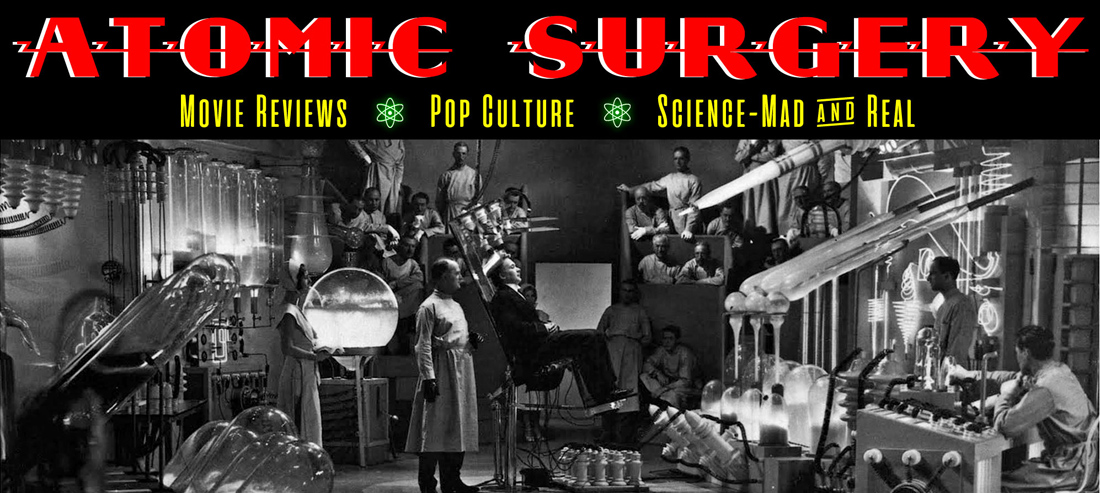As a longtime Addams Family fan – both the original cartoons and the TV show – I was surprized to discover that a new animated feature film about them had been released last Fall. A quick scan of the interweb revealed the reason; it was universally panned and slipped into and out of theaters like a ghost through a locked door.
Steeling myself for disappointment, I watched it the day after I had sat through the turgid Frozen 2 (so many artificial plot twists! so many terrible songs!), only to be completely won over by the 10 minute mark with the introduction of the beloved butler, Lurch.
The CGI animation is the most faithful reproduction on the screen, to date, of Charles Addams’ original drawings: mother Morticia (voiced by Charlize Theron) is the thin and dark version of Luna from Tod Browning’s Mark of the Vampire (1935); father Gomez (voiced by Oscar Issac) is squat and slightly greasy; son Pugsley (voiced by Finn Wolfhard) has his blonde hair finally restored from the cartoon; and daughter Wednesday (voiced by Chloë Grace Moretz, possibly the only weak spot in the film) is the suitably pallid, deadpan, deadshot-with-a-crossbow that Christina Ricci defined in the 1990’s live action films.
The reviews I read criticized the films for not having the ghoulish underpinning of the cartoon or the TV show. Not so! The Addams haunted home and environment is true to the original cartoon – dark, gloomy, and completely captivating. A child of any age would LOVE to live there. I would! I suspect that reviewers are referring to the glaring harsh, artificial town of ‘Assimilation’ that the Addams’ are pitted against in all its pink and lavender artificial ‘beauty’. It’s the too-bright Ying that makes the Addams Family the just-right dark Yang. In truth, since their inception, the Addams Family has always existed to be a counterpoint to the modern world, pointing out its foibles and hypocrisies while producing a morbid chuckle.
I suspect, too, that despite their spooky trappings, the Addams Family are just too darn nice for a cynical 21st century audience. They all genuinely like AND love one another. No one is uncouth, no one swears, no one belittles or hurts anyone else. Sure Wednesday buries her brother alive and fires arrows through Uncle Fester’s head, but in their world they would expect nothing less. And, more importantly, they would never do that to anyone outside their family (or at least never succeed at doing it).
The creators of the film know their Addams Family cartoon and TV lore and fill each scene to the brim with little touches that will delight the knowledgeable fan and simply enrich the viewing experience for the average viewers. Watch out for many of Addams’ original cartoon characters appearing as the Addams’ extended family. And, the addition of a hangman’s noose to the ends of Wednesday’s braids is a touch that I am sure Charles Addams would have approved of!
Other nice touches: name checking Monty Python’s Holy hand grenades; making the lyrics of Harry Nilsson’s Coconut song the basis for Gomez and Morticia’s wedding vows; recreating the ‘It’s Alive!’ scene from Frankenstein (1931) when Wednesday reanimates the frogs in her science class and then sick’s them on the school bully with a Donald Sutherland shriek from Invasion of the Body Snatchers (1978); the spiders streaming out from under Morticia’s dress; the appearance of Lurch’s original cartoon incarnation (inspired by Boris Karloff in The Old Dark House (1932)) as the drummer in the band; Morticia’s crystal ball that looks like Jack Kirby’s burning planet of Apokolips as she channels the spirits of her parents (Martin Short and Catherine O’Hara) , amongst many other delightful touches.

Behold! Apokolips!
One scene features an animated cartoon reference so obscure that it actually made my jaw drop. As the Addams family try to introduce themselves to their newly discovered neighbouring town (previously obscured by swamp gas), Uncle Fester sings a short snippet of the song, “I Haven’t Got a Hat”. The only place that I’ve ever heard this song is in the 1935 Warner Bros Merrie Melodie’s cartoon of the same name that introduced a bunch of new characters, all destined for obscurity, except for Porky Pig (read more about it at Trailers From Hell). The song was written by Bob Bernier (lyrics) and Bob Emmerich (music). Emmerich was a pianist and composer for the Tommy Dorsey band and, together with Bernier, he wrote a number of popular jazz songs (now mostly forgotten) in the late 30’s.The Addams Family (2019) was directed by Conrad Vernon and Greg Tiernan, and written by Matt Leiberman and Pamela O’Brien, from a story by Vernon, Leiberman and Erica Rivinoja. It’s a delightful film, well worth your time whether or not you’re a fan of animated films. It certainly should make Frozen 2 shrink with embarrassment in comparison!
Is The Addams Family Worth My Time? Yes, it’s a wonderful film that holds up over multiple viewings.
Availability: Out now on DVD, BluRay and streaming from your usual sources.

























